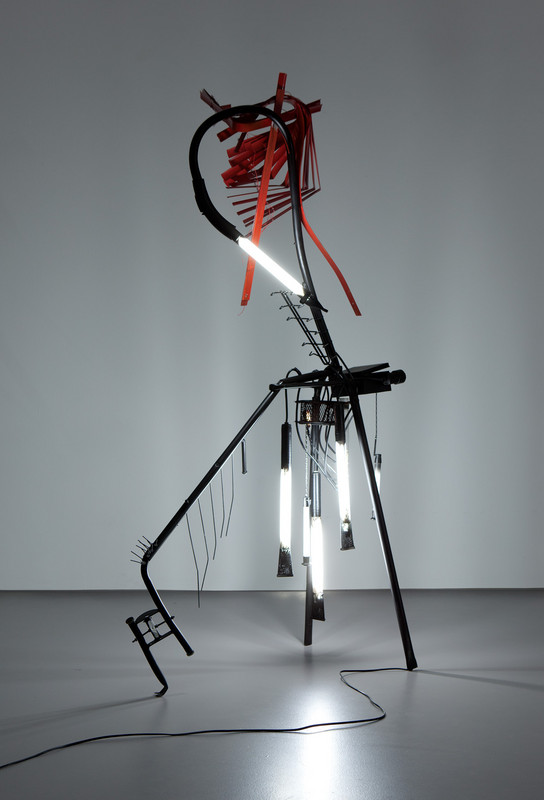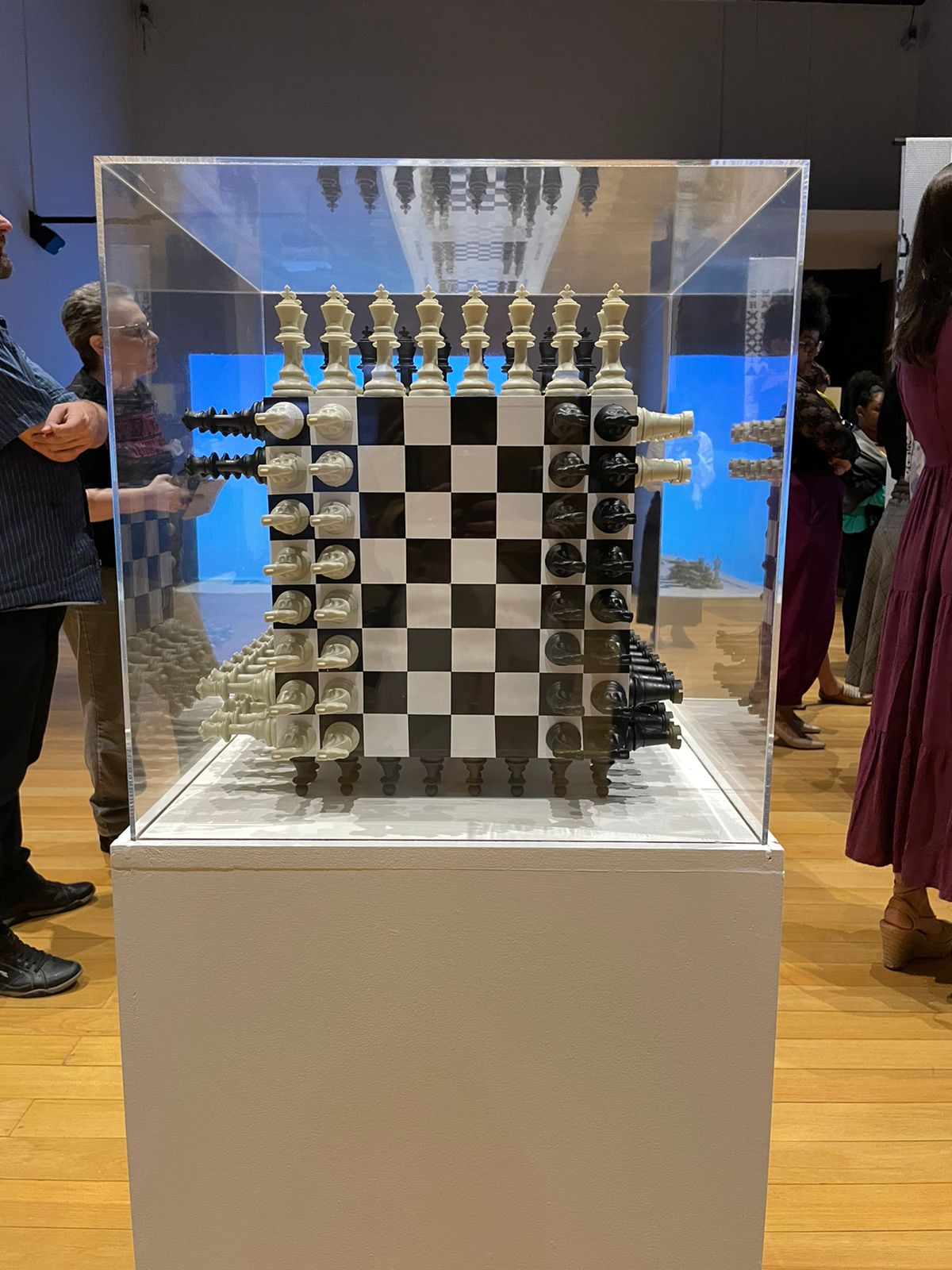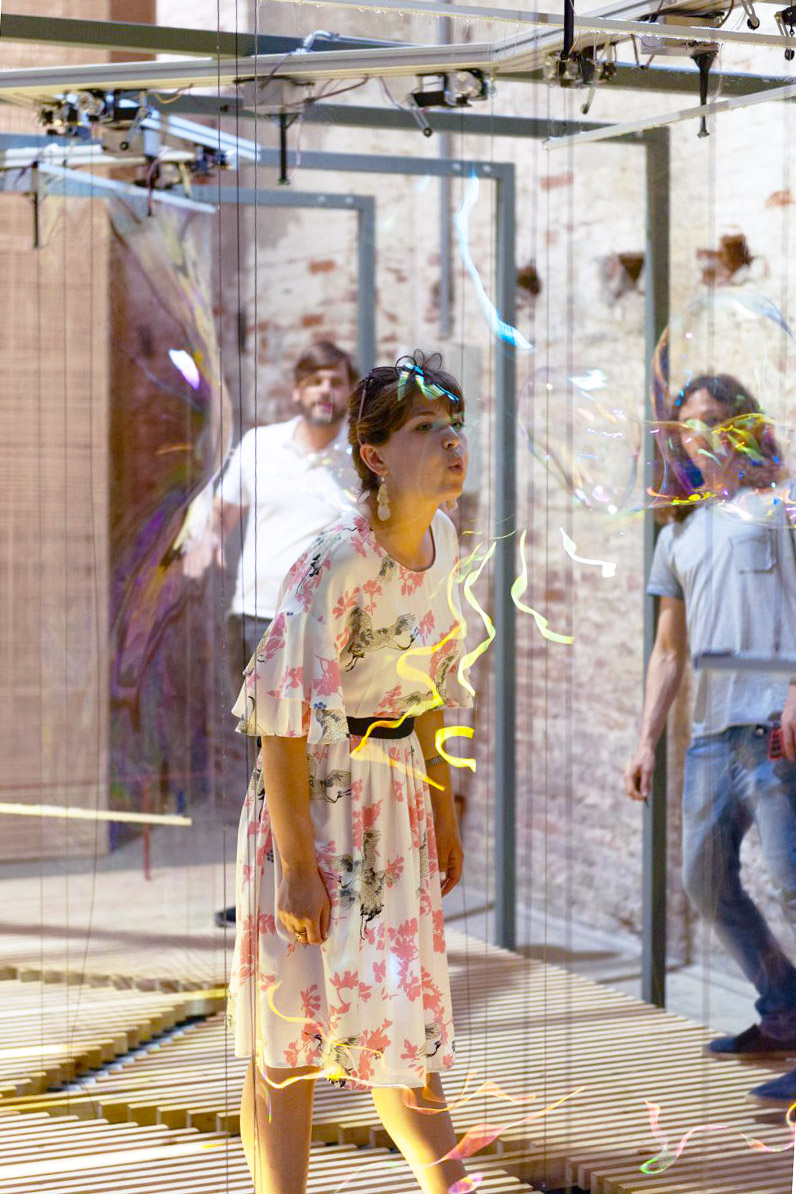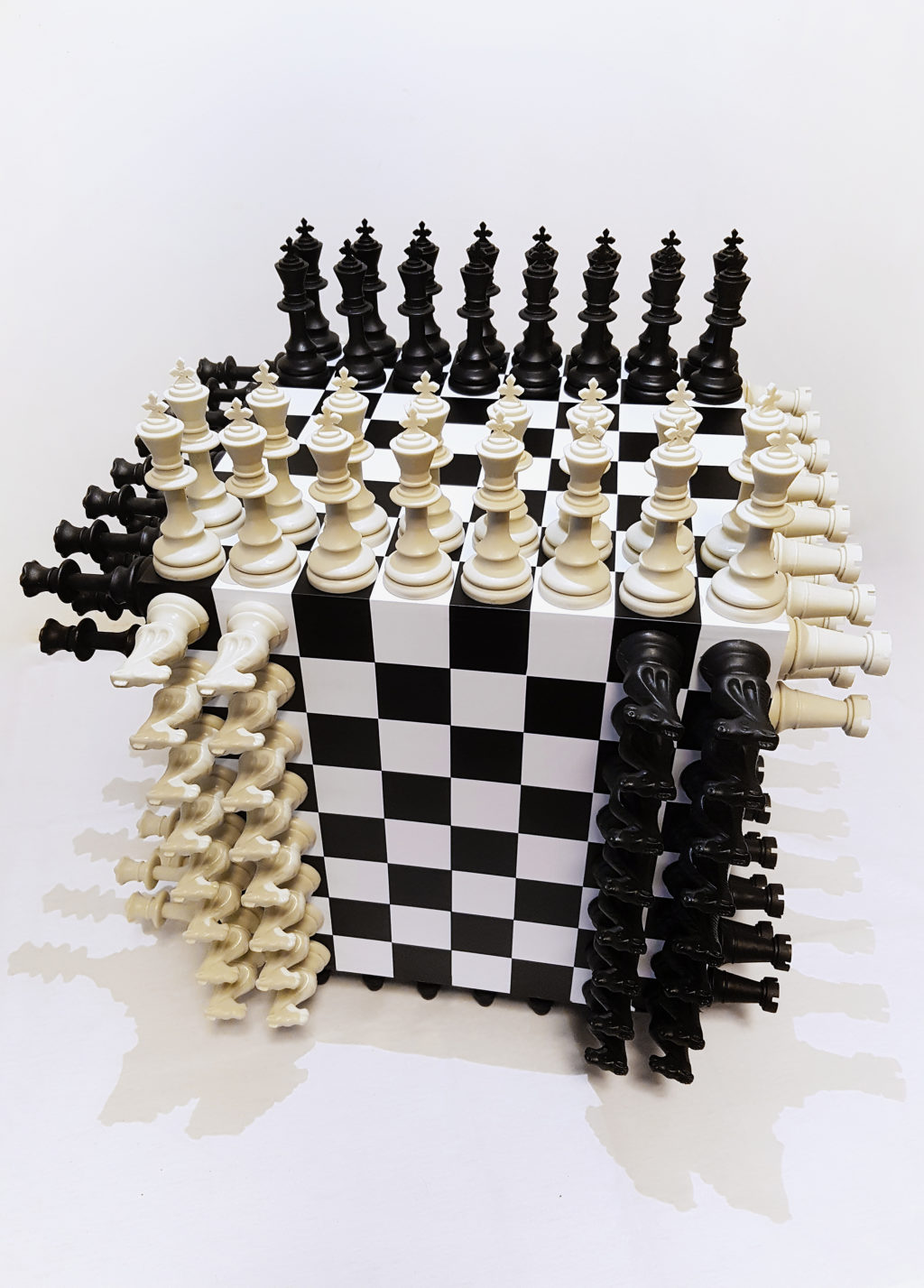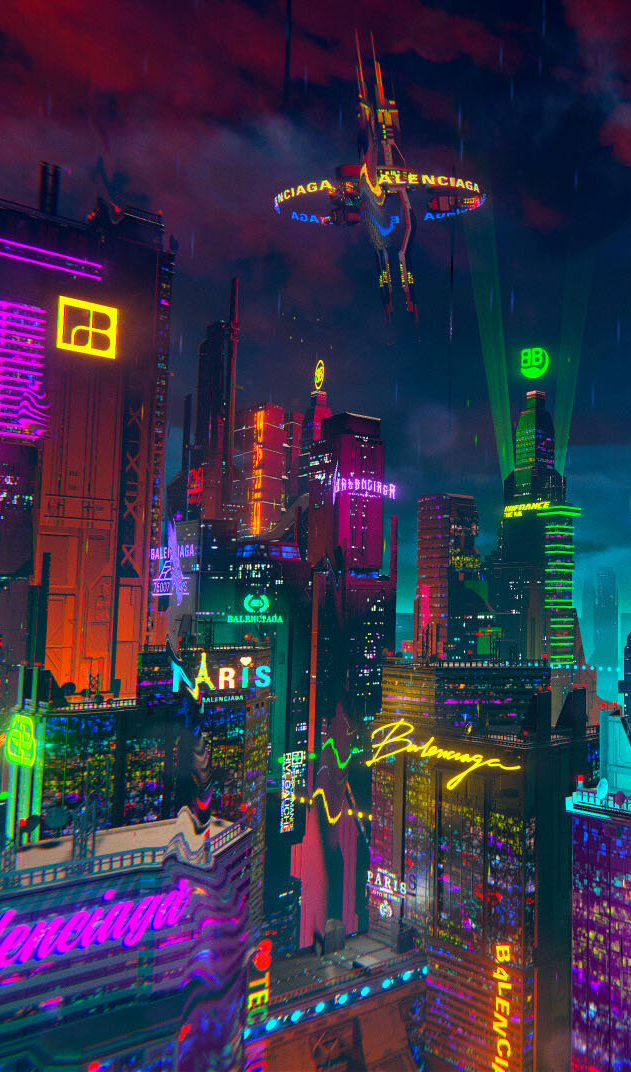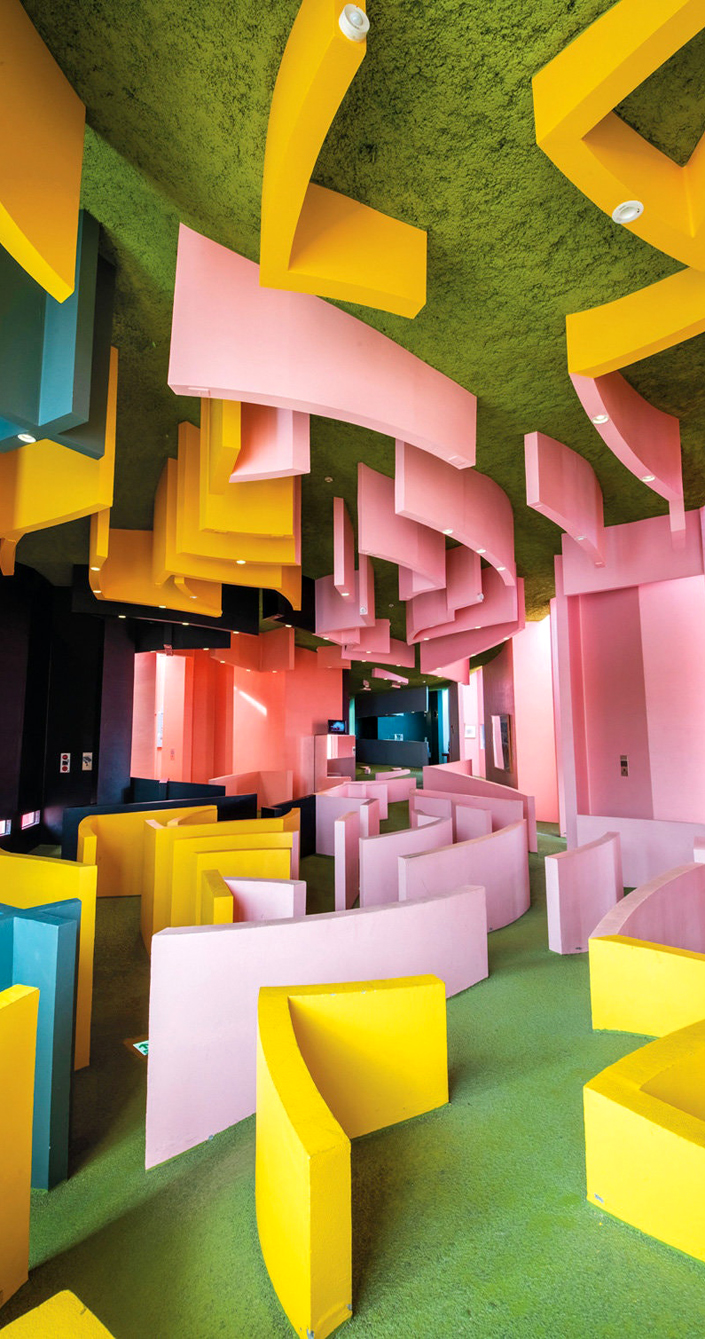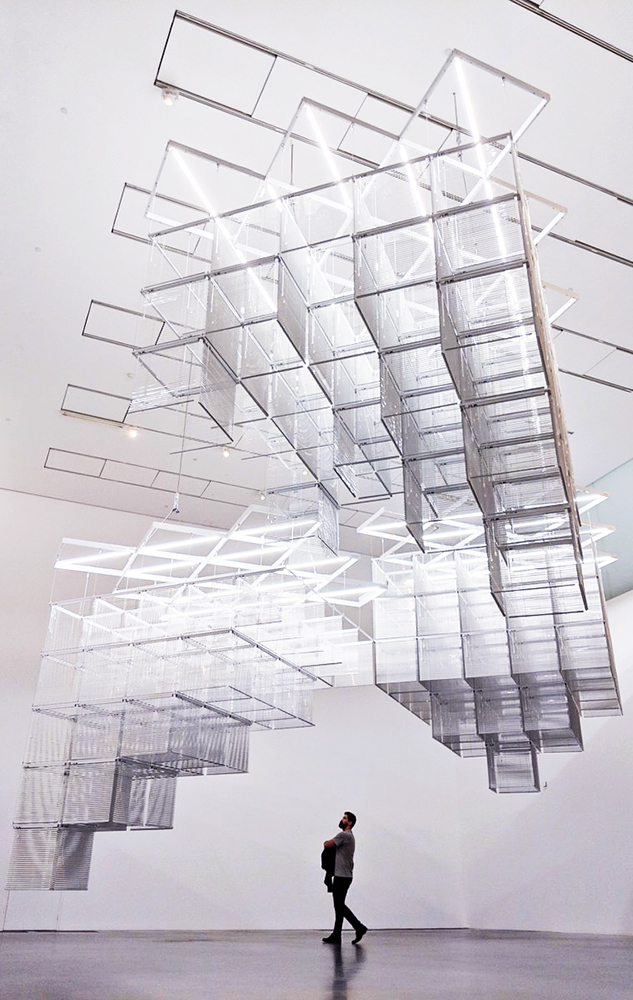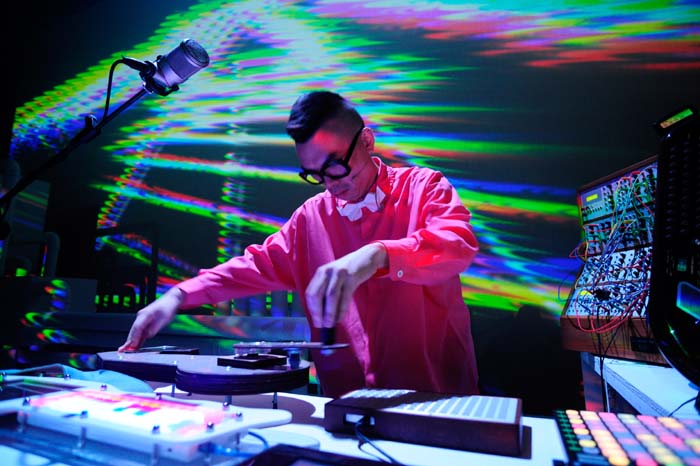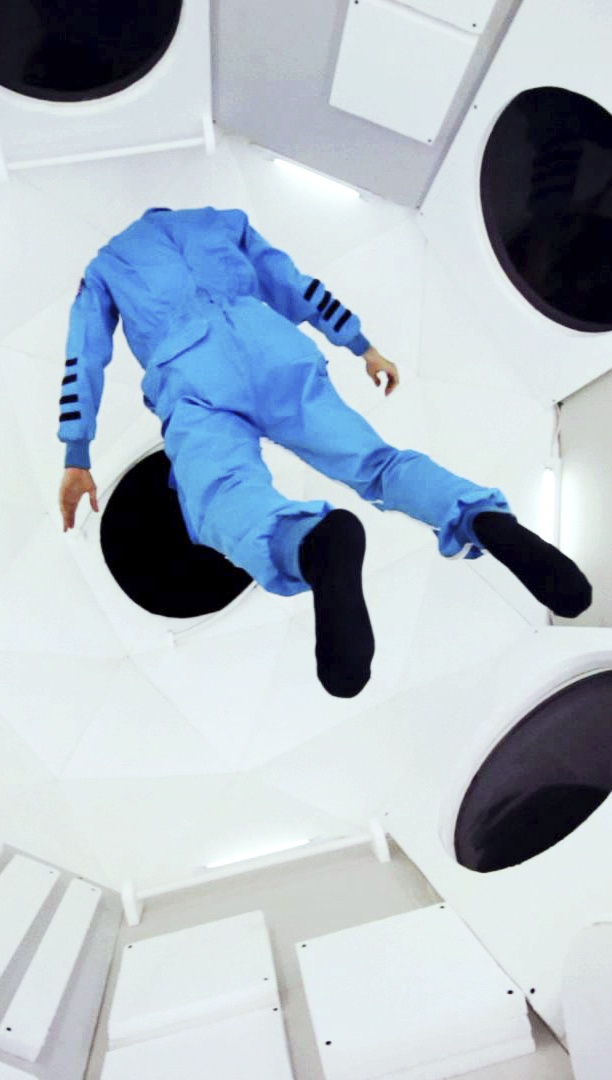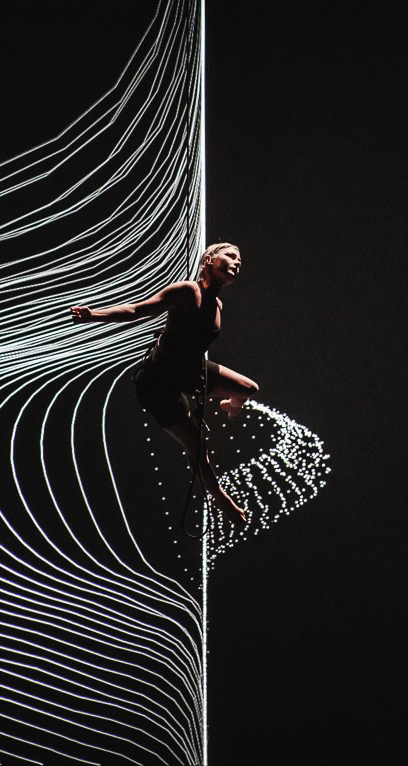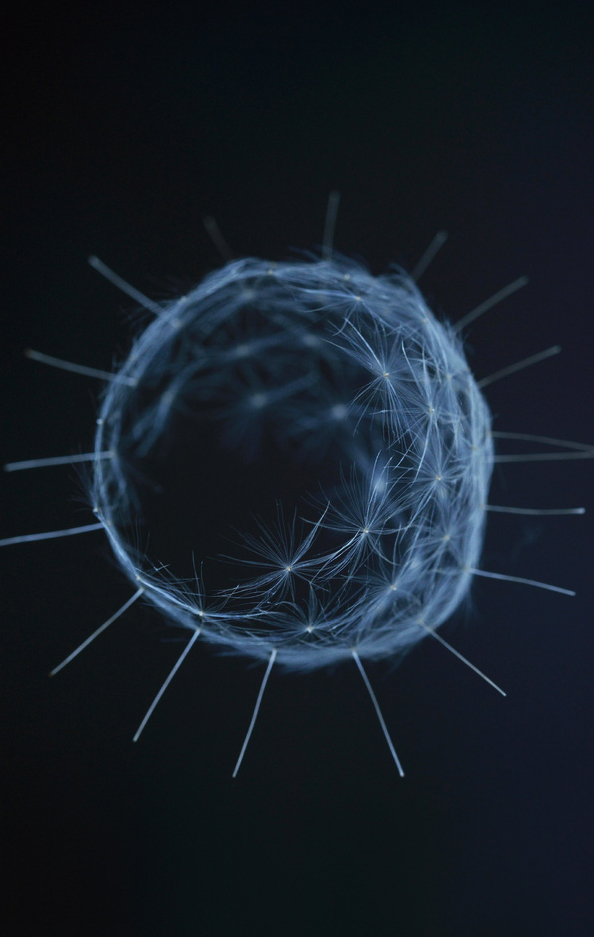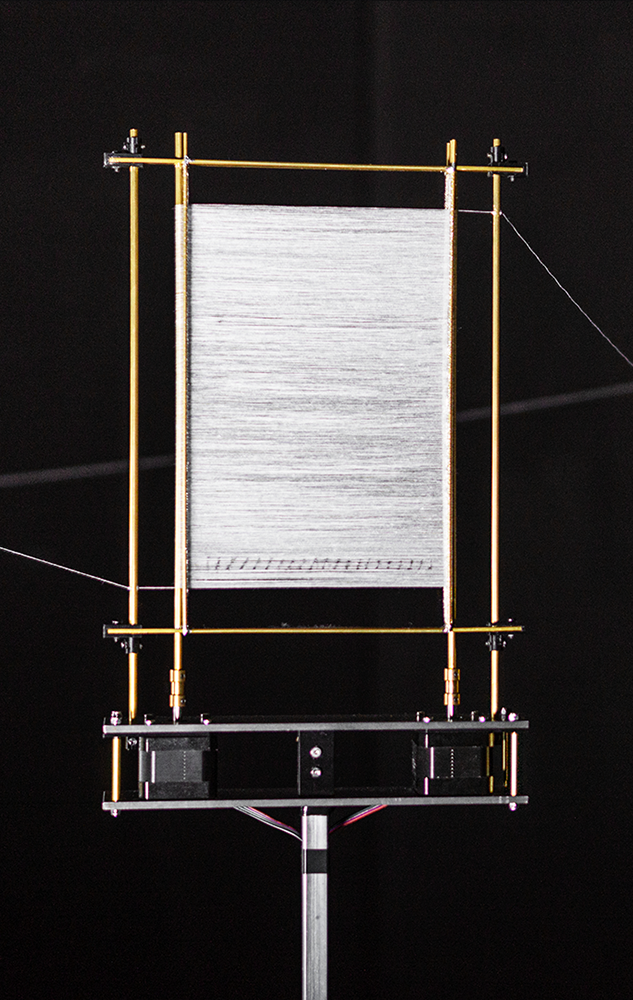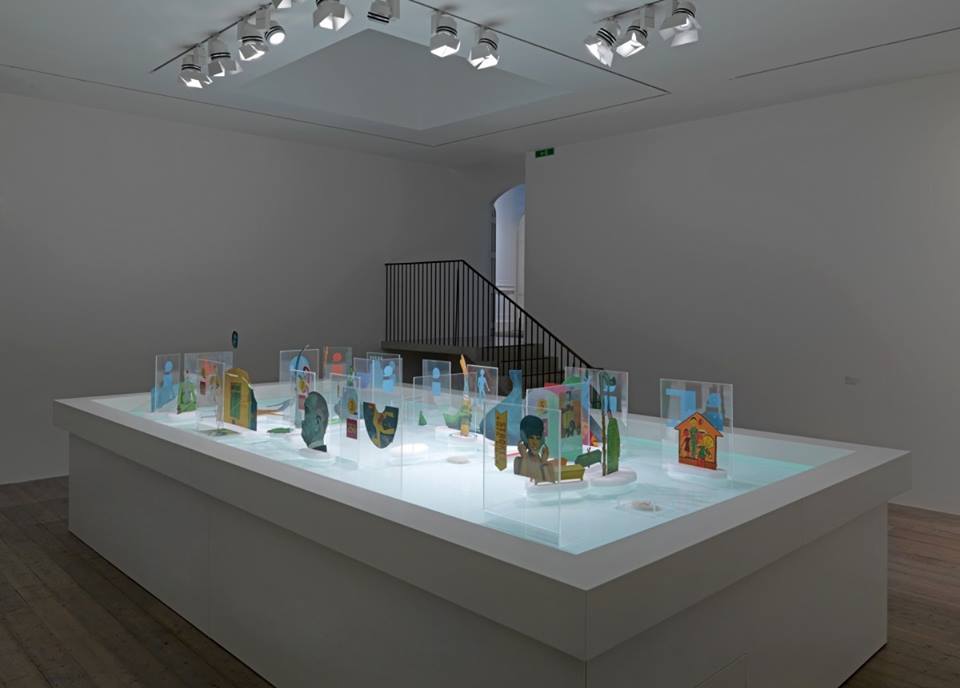
superbien studio
siderea
We presented our interpretation of a gravitational anomaly, entitled Siderea, an unknown force at the outer fringes of the Universe, in the centre of the Great Attractor. Beyond anything our eyes or our minds are capable of imagining and using geometric and scientific coordinates to create a palpable world to scale, we wanted to tell a deeply immersive tale exploring the emotions that the discovery of such a stellar phenomenon might rouse. Freely inspired by the explorations and incredible advances made in astronomy, we transformed the venue into the point of observation of this extraordinary celestial body, in the literal sense of the term.
